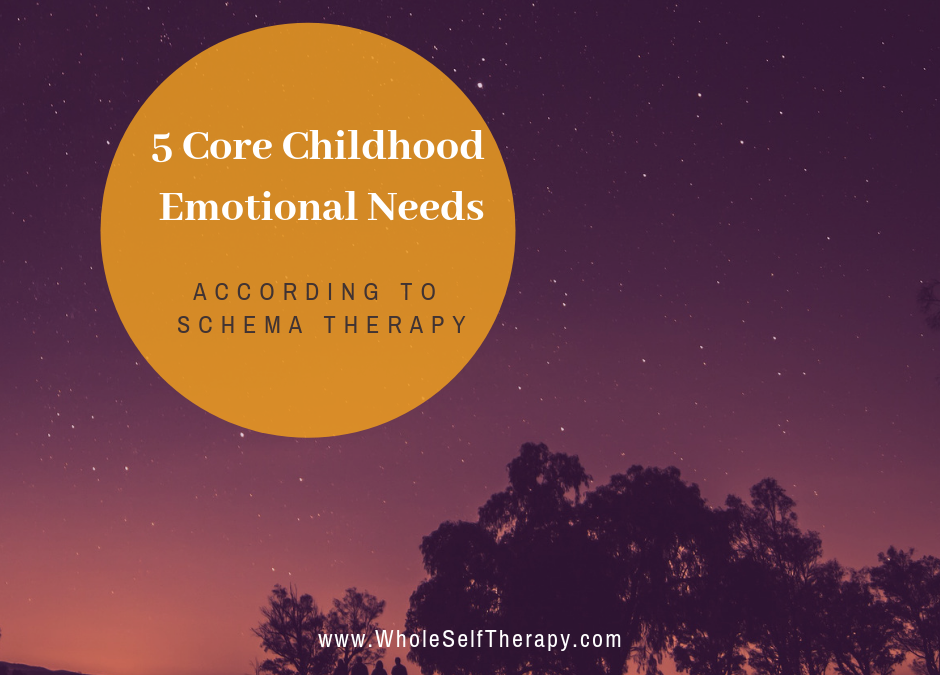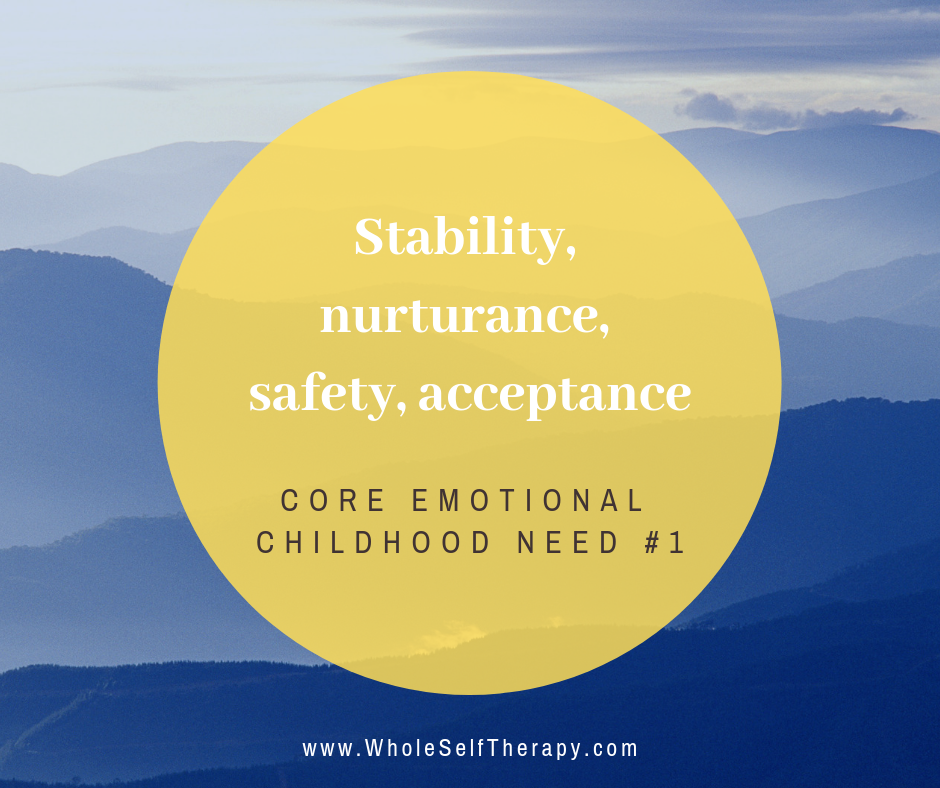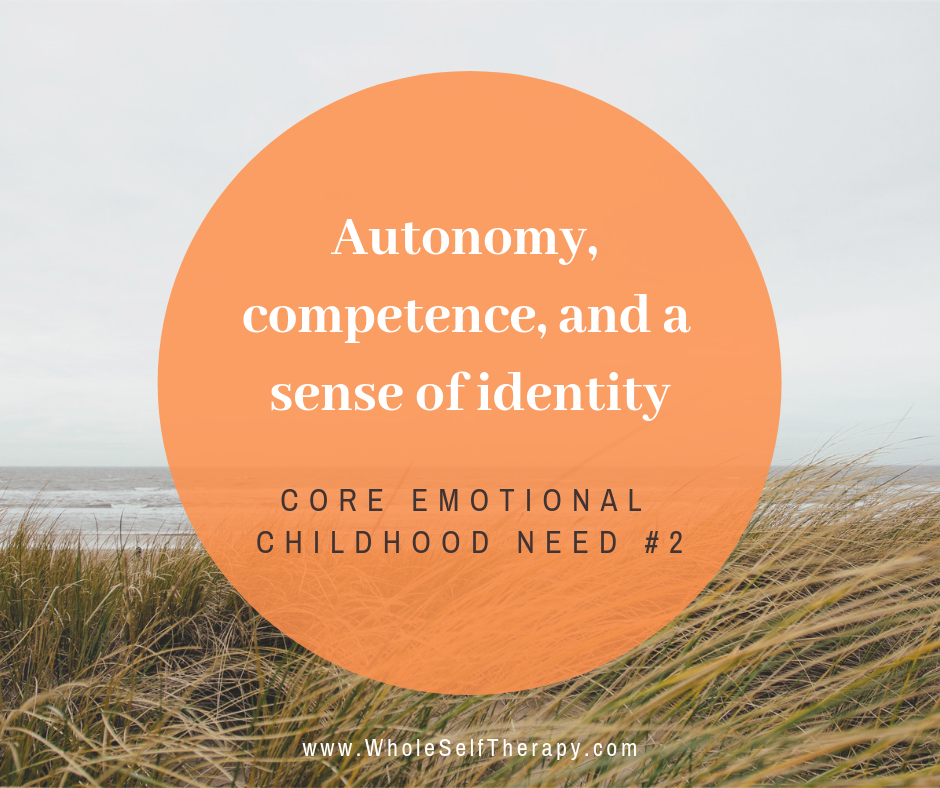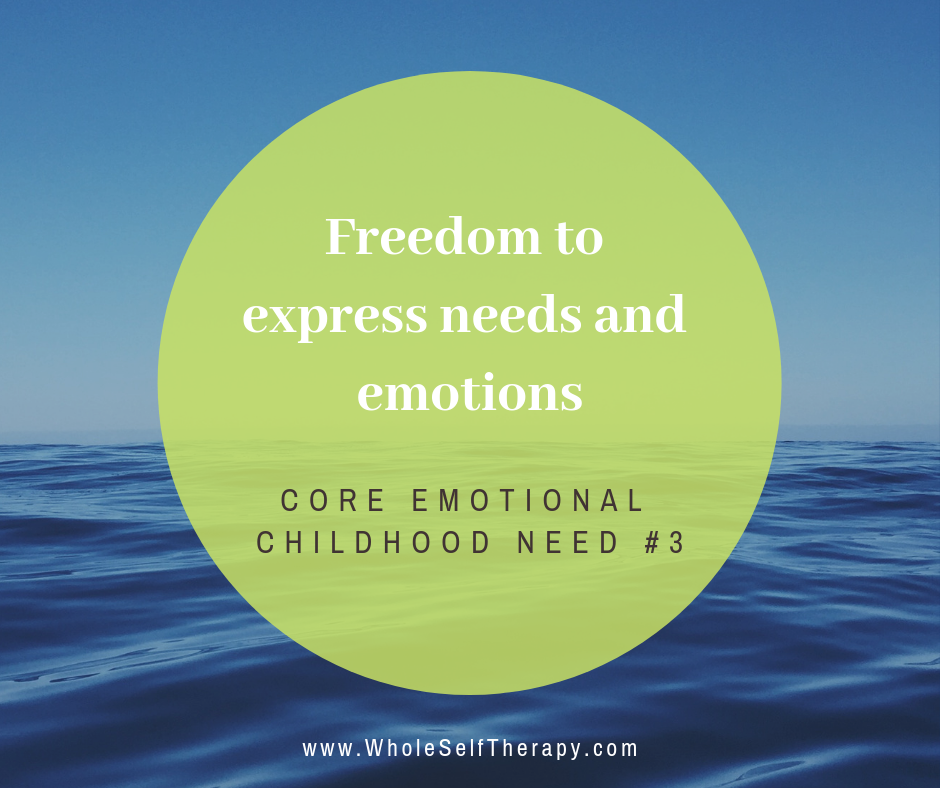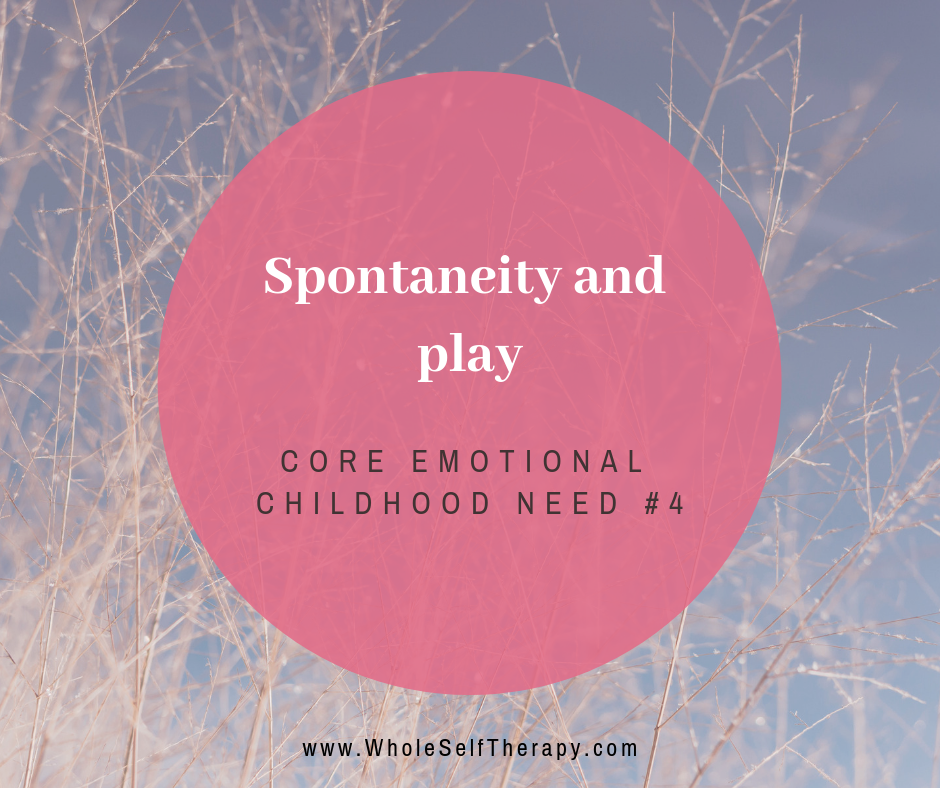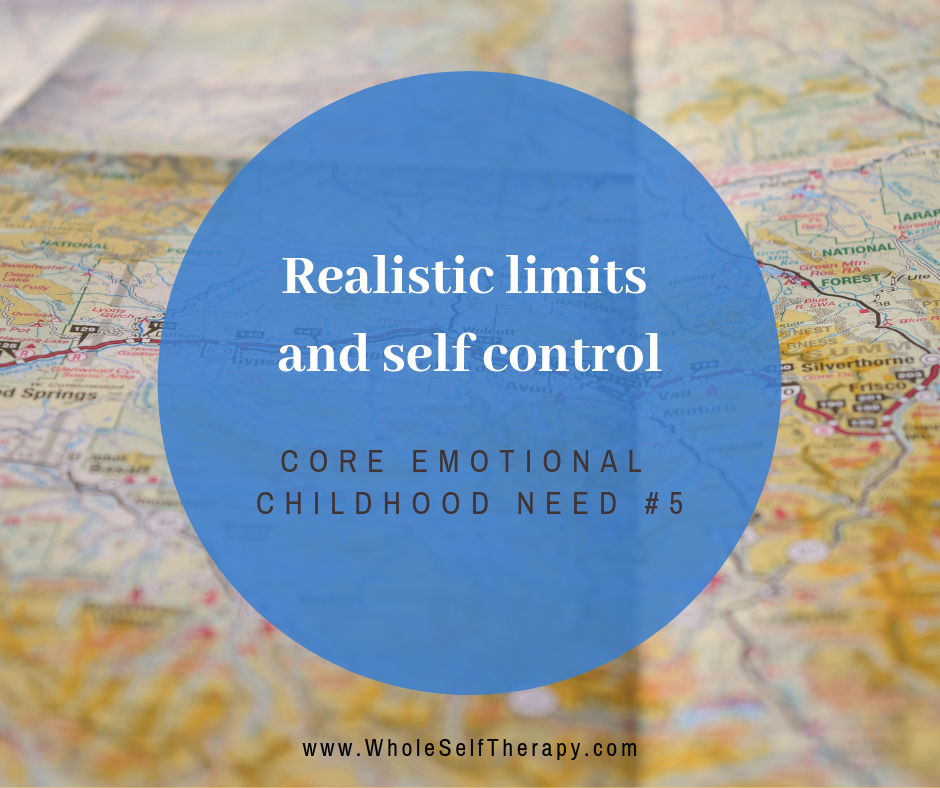
The Engaging Therapist
Lately I have had a lot of talks with brave souls, reaching out for support as they endeavor to get clarity and work on themselves. During my free consultation by phone these individuals have expressed some desire about the type of therapist they want.
“Are you the type of therapist that is… interactive?” they ask.
“I want someone who will talk with me, not just sit quietly the whole time.”
“Of course!” is my typical response. Of course you want to have a therapist who is active in the room, who is curious and present and wants to know more. Someone who is eager to understand things in the hopes of shining a light into the unknown parts of your psyche so that both of us can get clear about where things are stuck.
“I’ve only had experiences with counselors who say very little, and that’s really not what I’m looking for. I want feedback and direction. I actually swore off therapy for a long time because of these experiences, but I’m finally willing to give it another shot.”
Hearing stories like these makes me incredibly sad. I know the courage it takes to pick up the phone and say “hey, I am struggling here and I need help.” The courage it takes to go into a stranger’s office and spill the beans about the ways you’ve been doing things you don’t want to keep doing, the ways you are suffering or are clueless about how to remedy things in your own life takes guts. To go through all of that and find yourself feeling alone and without engagement can be deeply disappointing, at best. For individuals that are struggling with feeling isolated or have a long history of not feeling seen or heard, it can be re-traumatizing.
All therapists have their own unique style of relating. Some therapists use modalities that are very directive, such as in the case of cognitive behavioral therapists and dialectical behavioral therapists. Analysts typically say less and listen more. While I do not identify as a “directive” therapist per se, I would say that my style is engaging.
I want to know what’s happening in your life and what you make of it. I want to hear your reasoning and your motivations. I am curious about your thought processes and your belief systems. I am listening for the places your feel well and strong and clear and the places that you harbor fears, uncertainly and self doubt.
I have tools and skills to share when you are ready to begin to make changes and try something new.
As an engaging therapist, I very much want to connect with you and, together, do the important work of exploration and growth.

